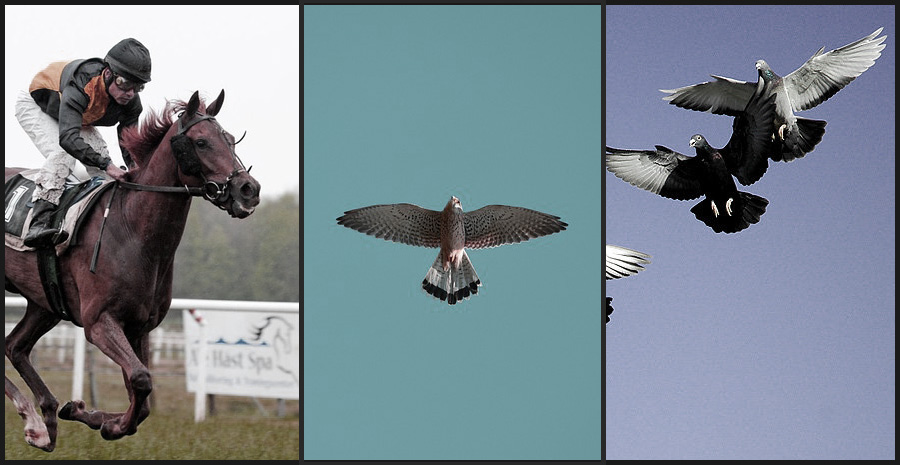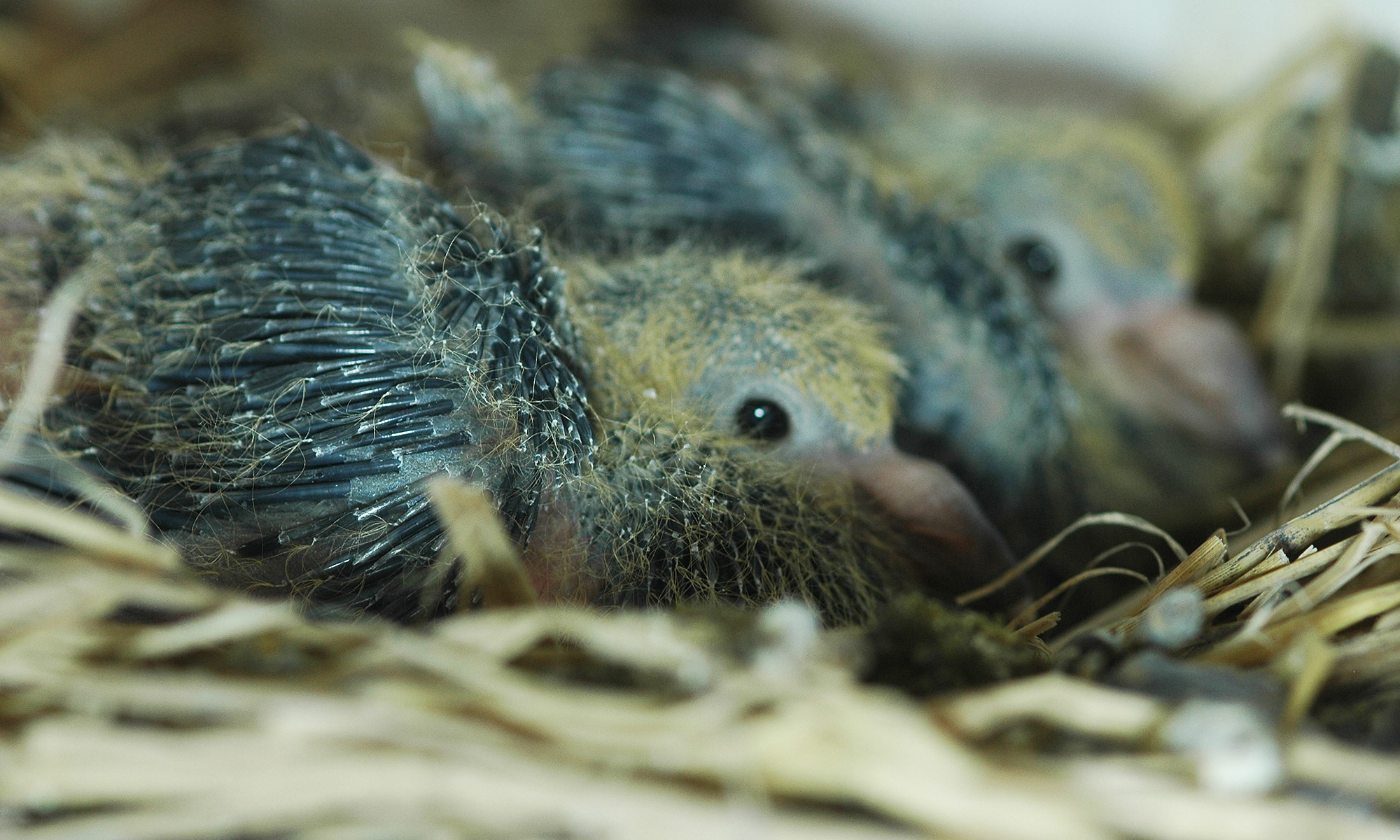
1. Racing Pigeons and Racehorses – Speed Enhancement as a Result of Breeding Both racing pigeons and racehorses have undergone continuous improvement through selective breeding. Specifically for racing pigeons, the process involves selecting and breeding birds with superior speed and homing abilities, which has led to improved performance over time. Similarly, racehorses have been selectively bred for speed and stamina, creating the elite bloodlines we see today.
However, when we look at racehorses, while race times have gotten faster over the past century, the improvement has plateaued in recent decades. For example, Secretariat set the record for the Kentucky Derby in 1973, running 1.5 miles (about 2 km) in 1:59.40, and that record still stands. This illustrates that once breeding reaches a certain point, further significant improvements are difficult to achieve.
The same pattern applies to racing pigeons. In the early stages of breeding, flight speeds continuously improved, but now, for certain distances (e.g., 500 km), the average speed has reached a limit. Today, breeding focuses less on speed and more on factors like endurance, homing ability, and environmental adaptation.
2. Speed Enhancement Factors in Racing Pigeons The speed of racing pigeons has improved due to two main factors: genetic breeding and environmental influences.
(1) Genetic Improvement
-
Selective Breeding: Top-performing pigeons are selected for breeding, passing on desirable traits like speed and stamina to their offspring.
-
Genetic Research: Studies on traits like muscle fiber type, lung capacity, and sense of direction help identify and select the best pigeons for breeding.
(2) Environmental Factors & Training Techniques
-
Advanced Training Programs: Gradual, structured training enhances a pigeon’s endurance and homing skills.
-
Nutrition Management: Breeders provide more than just basic grain, offering a balanced diet rich in proteins, fats, and carbohydrates.
-
Psychological Motivation: Pigeons are trained with psychological incentives to increase their drive to return home, which is crucial for racing success.
3. Racing Pigeons vs. Birds of Prey: Competing with Nature Recently, videos comparing the speed of racing pigeons with that of peregrine falcons have sparked interest. The peregrine falcon is faster in level flight but struggles to catch racing pigeons due to their maneuverability and endurance.
(1) Speed Comparison
-
Peregrine Falcon (Level Flight): About 80-100 km/h
-
Racing Pigeon: Average 60-80 km/h, top speed 90-110 km/h
While peregrine falcons are faster in a straight line, racing pigeons excel in evasive maneuvers and stamina, making them harder to catch. Peregrines also use a dive strategy from great heights to catch prey, which is a different hunting method than simply relying on sustained speed.
4. The Evolution of Wild Animals' Speed In contrast to domesticated animals, wild animals experience very little speed enhancement in nature. Evolution in wild animals is driven by natural selection, not artificial breeding. Take the peregrine falcon, for example—already perfectly adapted to its environment. Over time, its average speed has not increased significantly.
Wild animals’ evolution is more about adapting to environmental changes rather than improving physical traits like speed. For example, if human activities reduce prey availability for falcons, they may change their hunting strategies instead of evolving to fly faster.
5. Conclusion: Enhanced Animals Have Reached Their Speed Limits Both racing pigeons and racehorses have become faster through human intervention, but they have reached a point where significant speed improvements are no longer possible. Today, breeding focuses on other factors like endurance, homing ability, and adaptability to different environments.
In contrast, wild animals don’t show rapid increases in speed but rather evolve to adapt to changes in their environment. Without human intervention, they are more likely to develop different survival strategies based on their surroundings rather than evolving to be faster. | 
